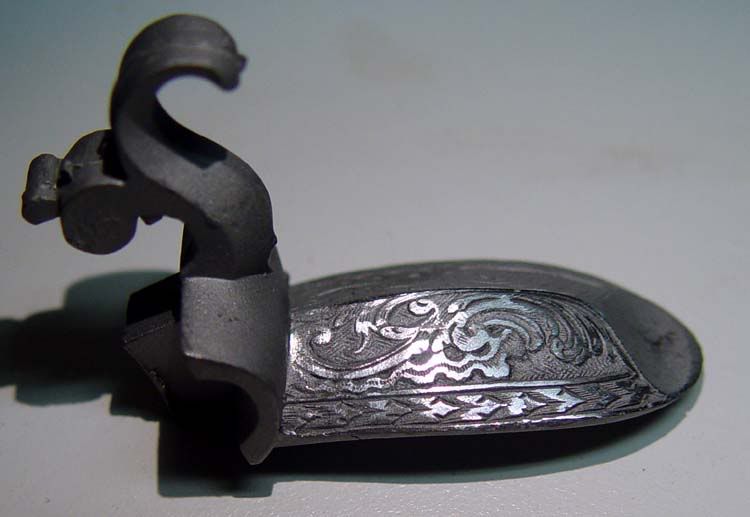My Tulle kit from Pecatonica is now at hand. Furniture is steel castings. What would be the best way to finish these parts and leave an authentic-looking surface for an early 18th-century fusil? Also, does one polish the parts of the lock itself, or leave as cast? Lock is na L&R.
Many thanks in advance.
Many thanks in advance.





